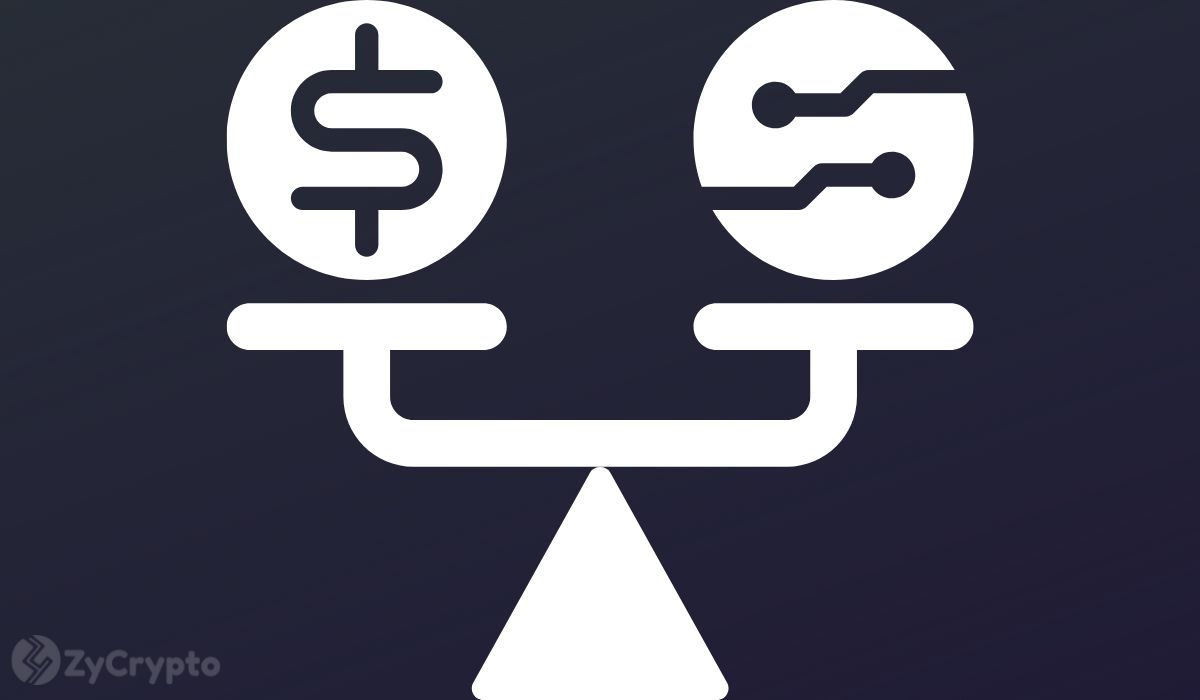iPhone 17 Tipped for Major MagSafe Charging Upgrade to 50W

As anticipation builds for Apple's next-generation iPhone 17, expected around September 2025, recent leaks have shed light on potential upgrades and concerns. Reports suggest significant advancements in wireless charging technology alongside predictions of a price increase for the upcoming flagship models.
Key among the developments is the sighting of new MagSafe chargers in regulatory filings with Taiwan's National Communications Commission (NCC). Two models, A3502 and A3503, which differ by their braided cable lengths (one meter and two meters respectively), have been listed. These chargers are reportedly designed to comply with the forthcoming Qi2.2 wireless charging standard, which is anticipated to be officially announced by the Wireless Power Consortium (WPC) soon.
The adoption of the Qi2.2 standard could enable the iPhone 17 series to achieve wireless charging speeds of up to 50W. This would mark a substantial improvement over current capabilities; Apple's existing MagSafe chargers are compatible with the Qi2 standard and offer up to 15W, while the latest iPhone 16 models can support up to 25W wireless charging when used with a 30W MagSafe charger, though they are not compatible with the newer Qi2.1 standard. The regulatory filings for the new chargers themselves indicate a maximum power output of 45W.
Beyond faster speeds, the Qi2.2 standard promises enhanced charging efficiency, which could reduce heat generation and energy loss, along with improved magnetic alignment for a more secure connection. While the iPhone 17 lineup is poised to fully leverage these advancements, the new MagSafe chargers are also expected to be backward compatible, supporting iPhone models from the iPhone 16 series down to the iPhone 11, albeit likely at their respective maximum supported charging speeds. The new chargers are expected to be visually similar to current MagSafe pucks.
On a less positive note for consumers, analysts, including those from Counterpoint Research, are predicting a price increase for the iPhone 17 models. This potential hike is primarily attributed to the ongoing US tariff situation, with expectations that Apple may pass some of these additional costs on to customers. While the specific amount of the increase or which models would be most affected remains unspecified, this aligns with earlier rumors and speculations from other industry watchers and analysts at Samsung Securities.
Apple has, until now, maintained the pricing for its current iPhone lineup, including the iPhone 16 models which started at $799 / £799 / AU$1,399 upon their launch. However, factors beyond tariffs, such as increased component costs for Apple and the inclusion of new features in the iPhone 17, are also cited as potential contributors to a higher price point.
It is important to remember that these details stem from unofficial reports and regulatory filings. The tariff landscape and final product specifications could evolve before the anticipated iPhone 17 launch in September 2025. Official announcements from Apple will ultimately confirm these potential changes.









:max_bytes(150000):strip_icc()/060525-hottest-june-sale-soc-9def32a0011042379ba3c9fba066cb24.jpg)

